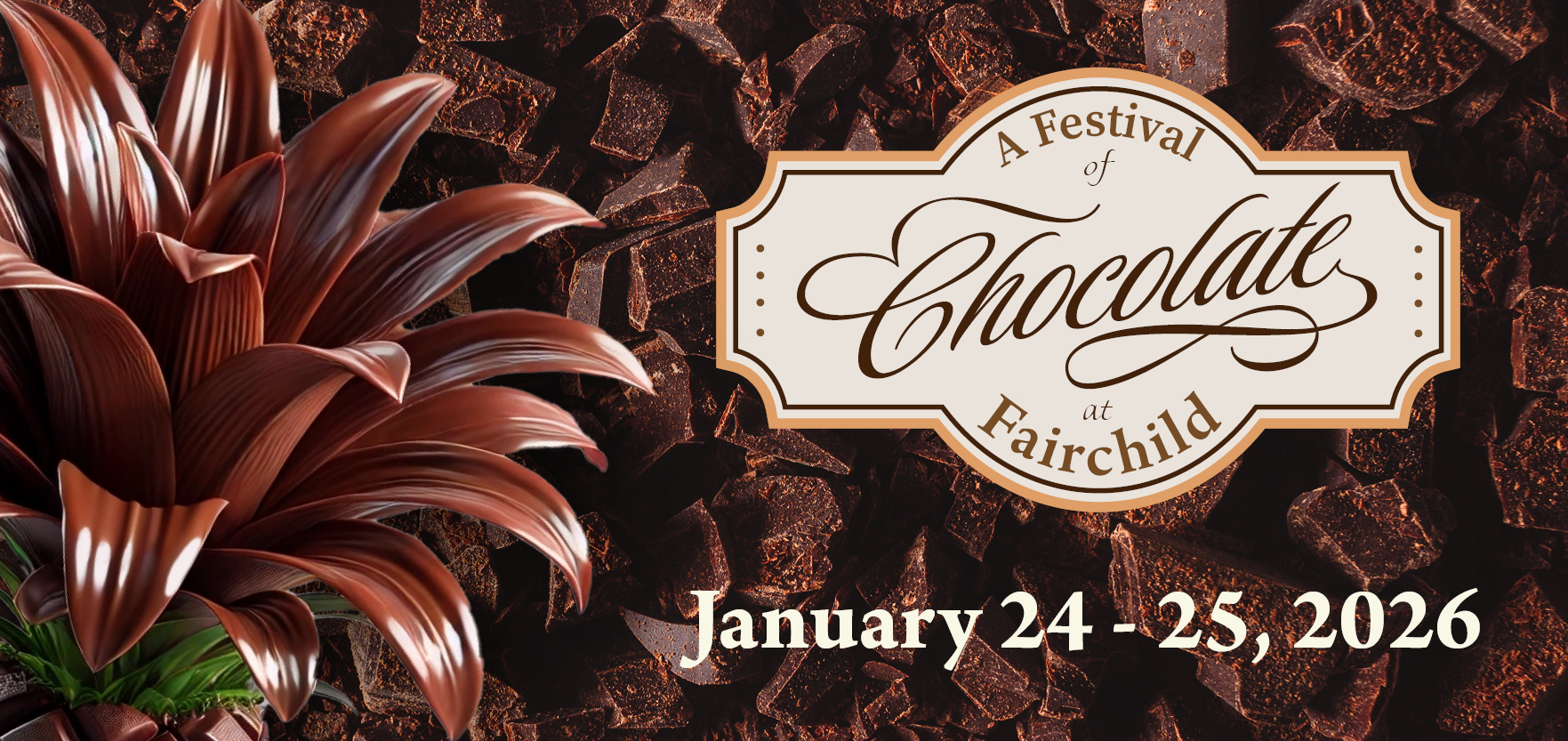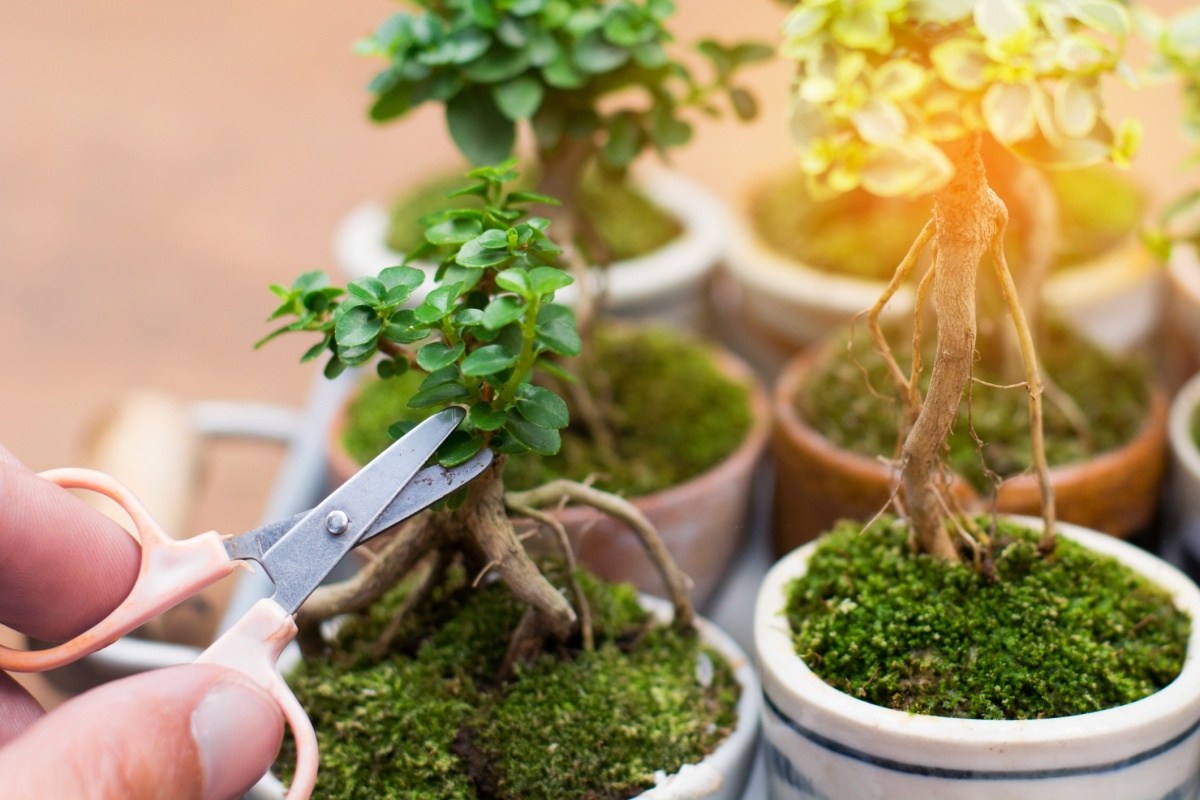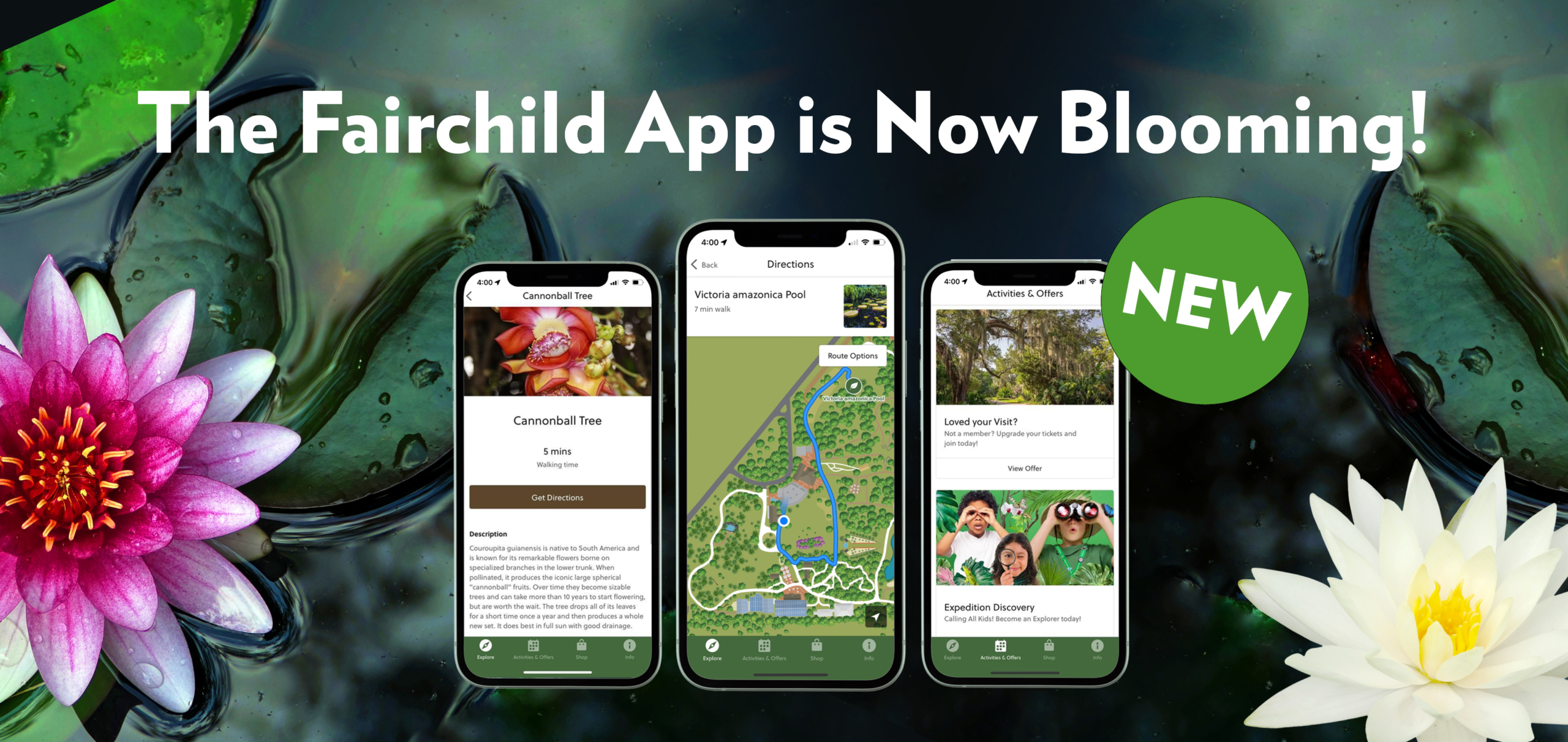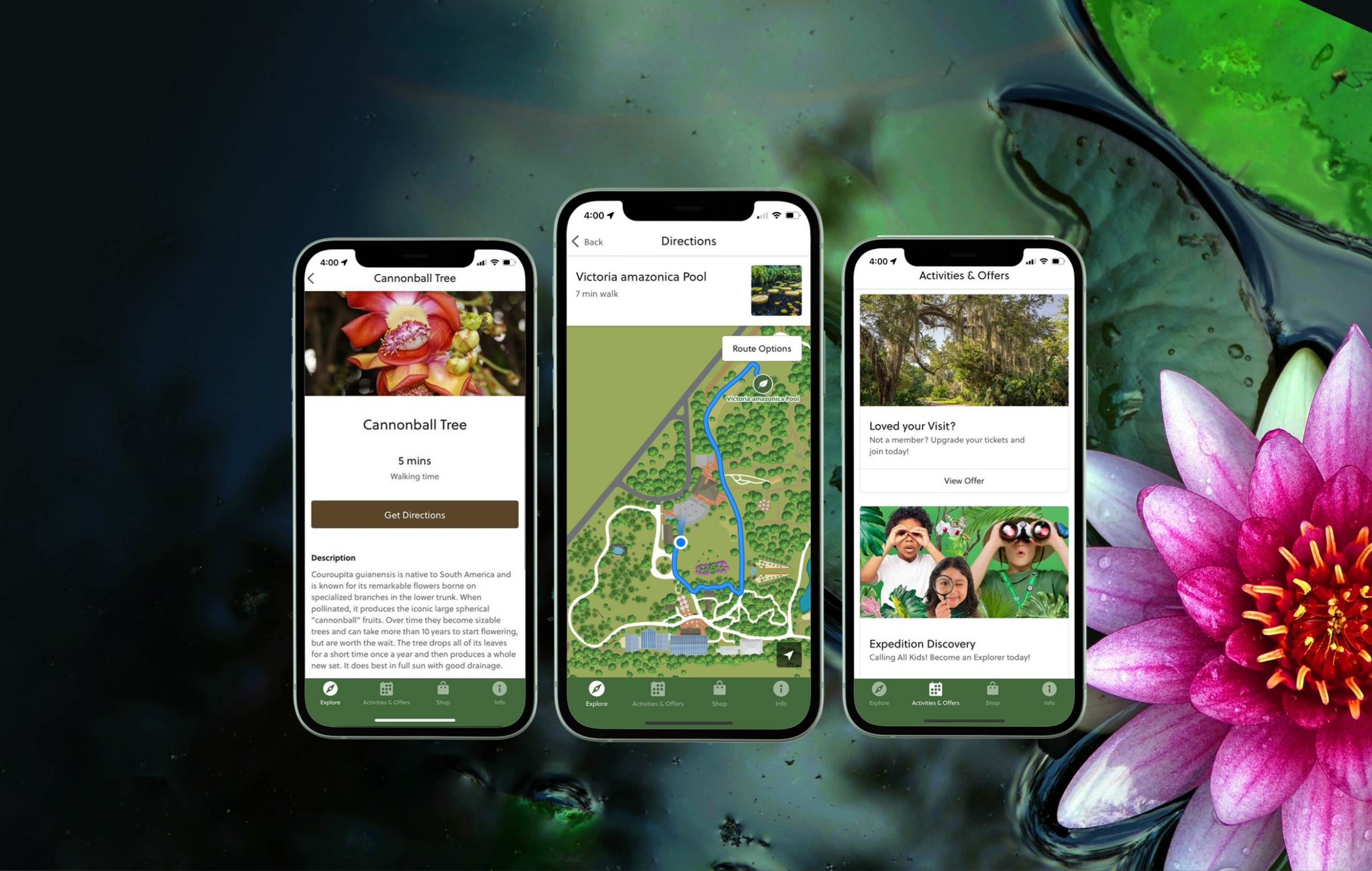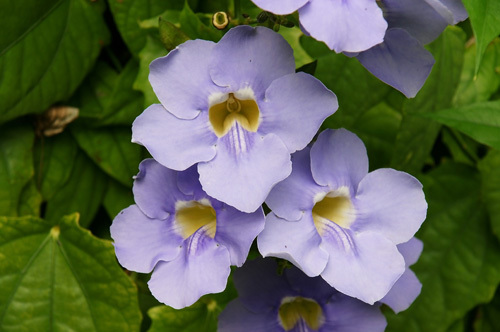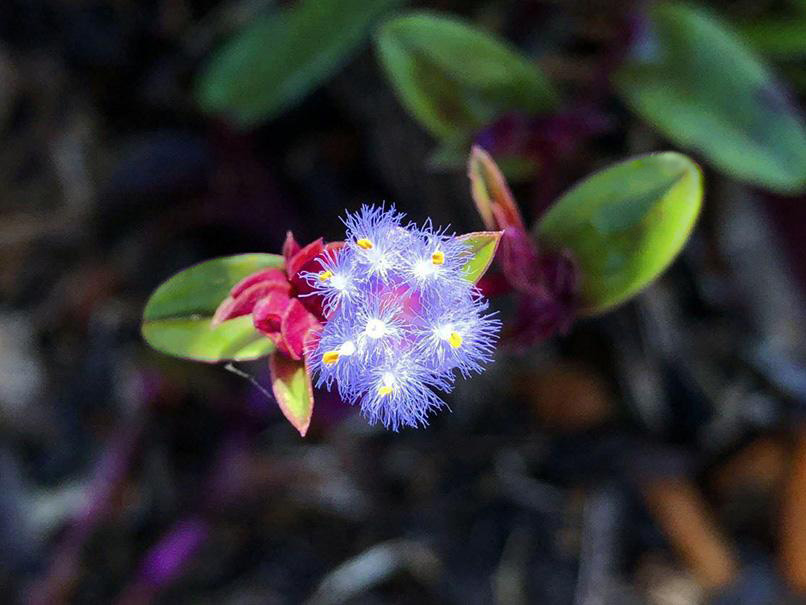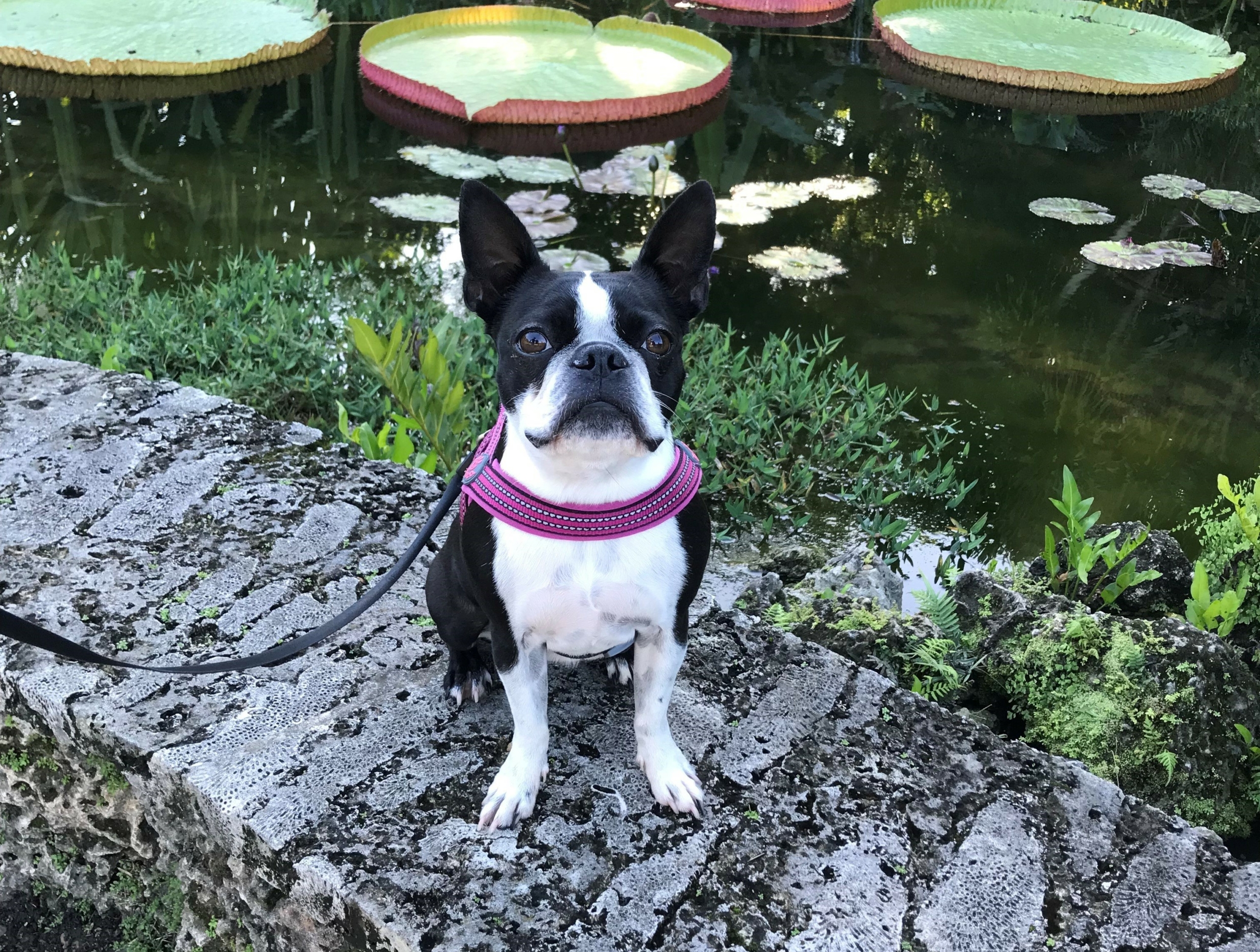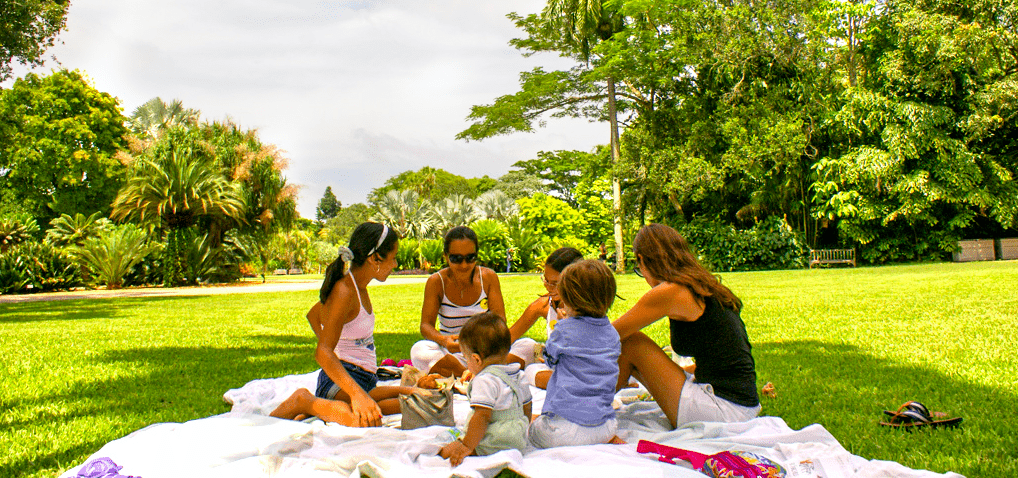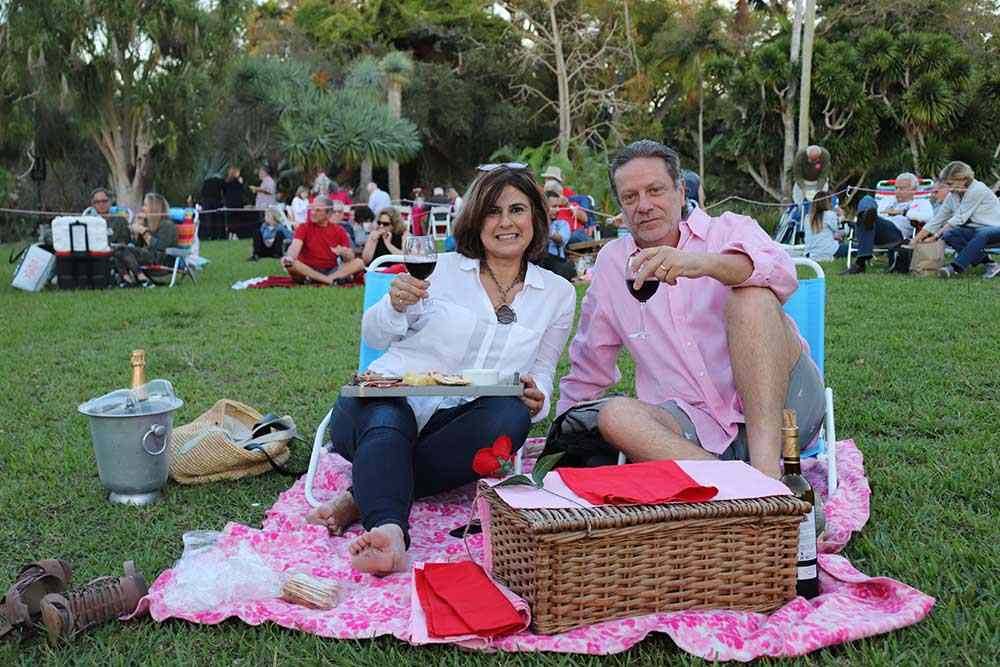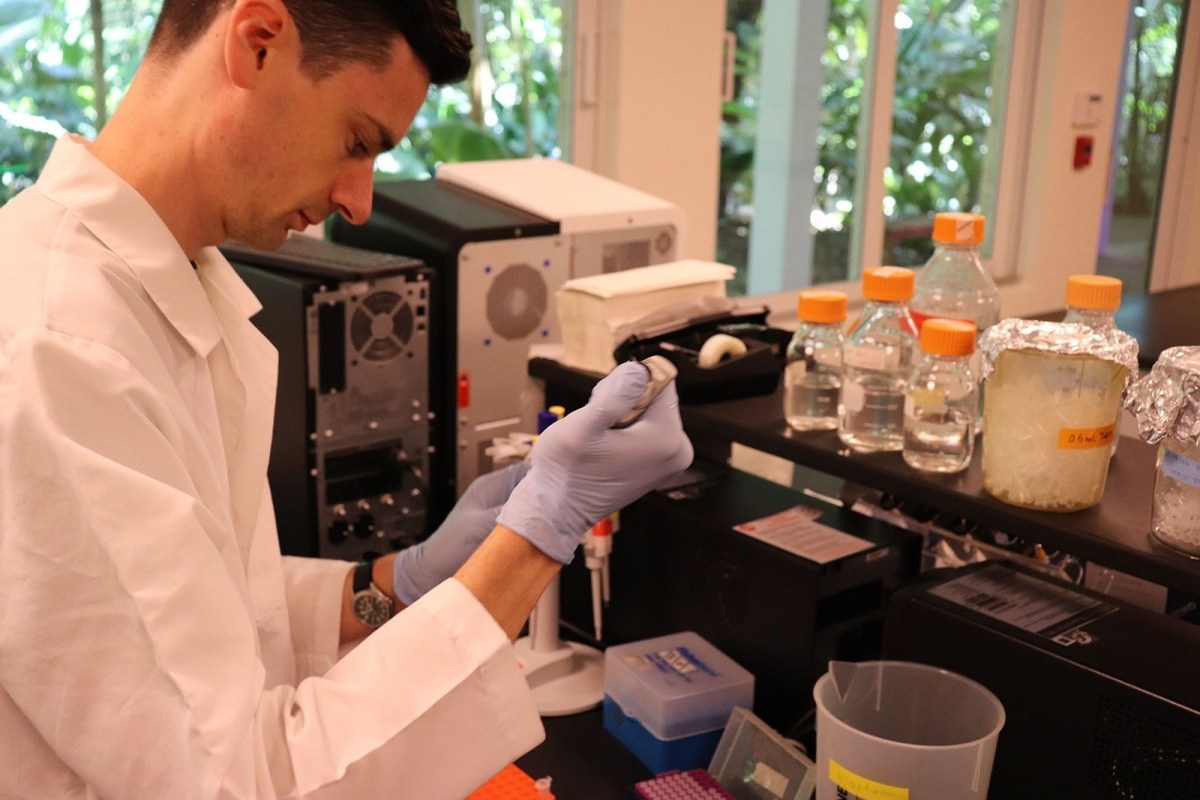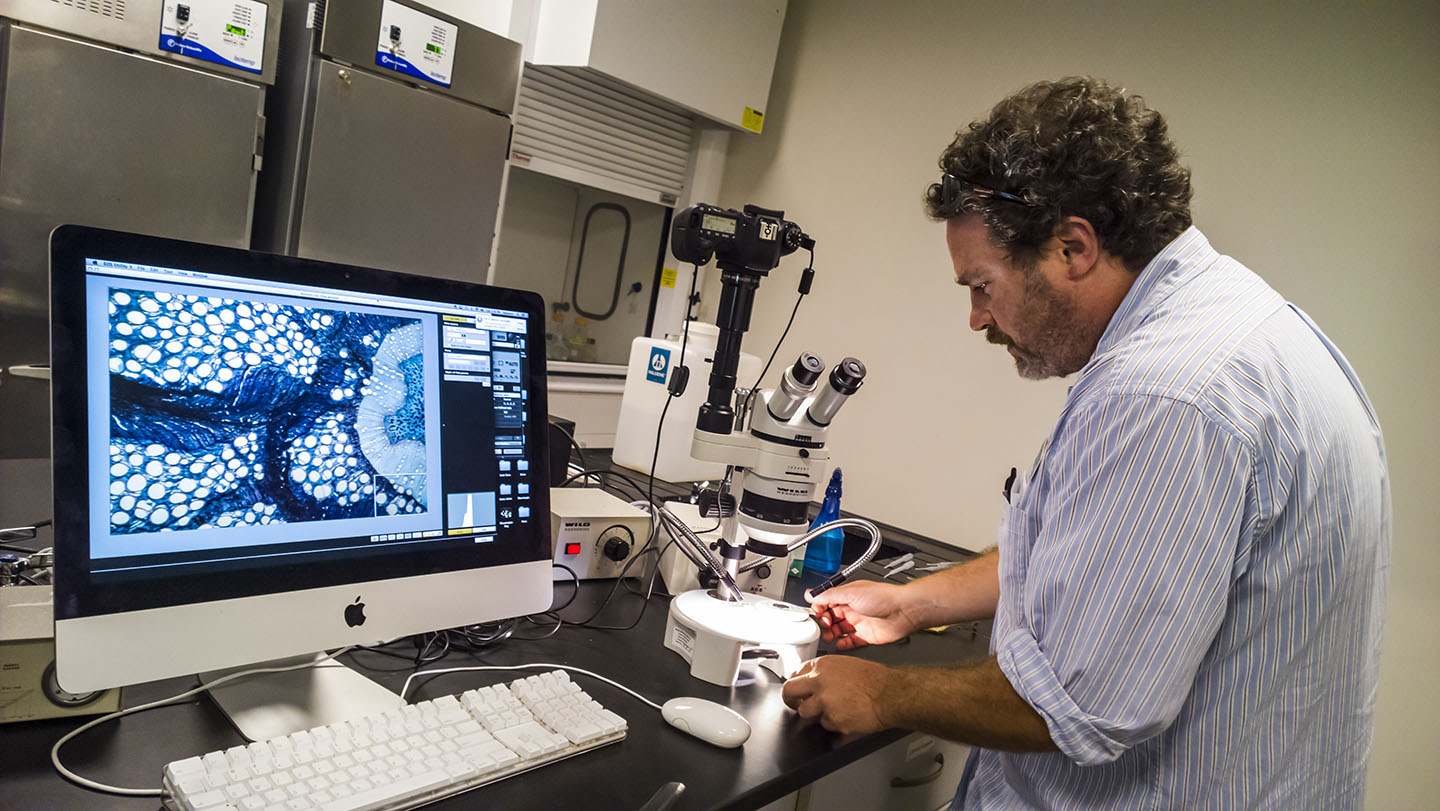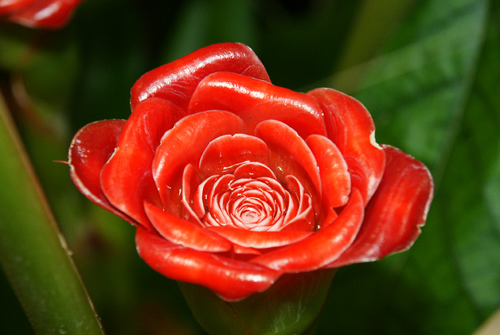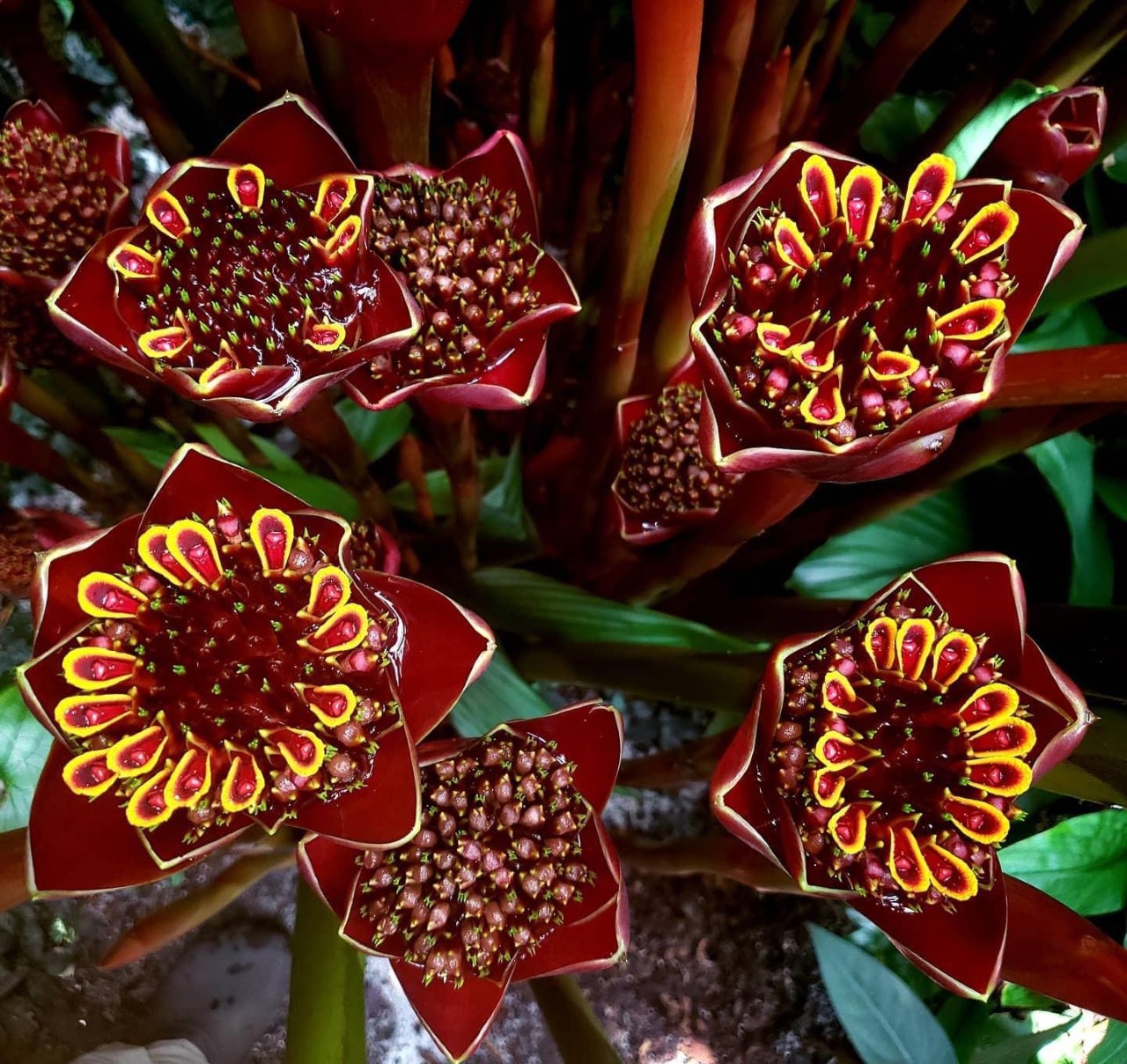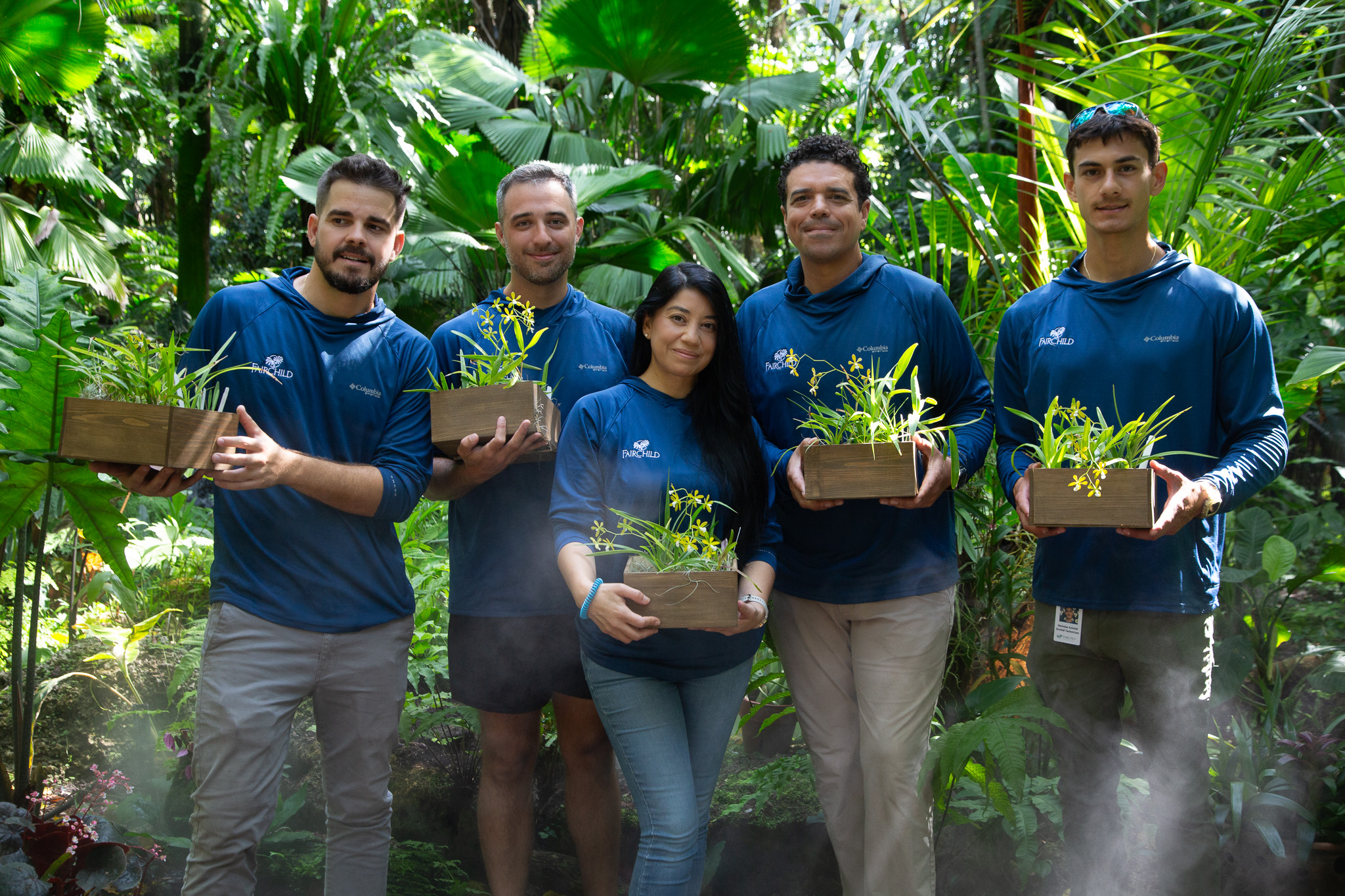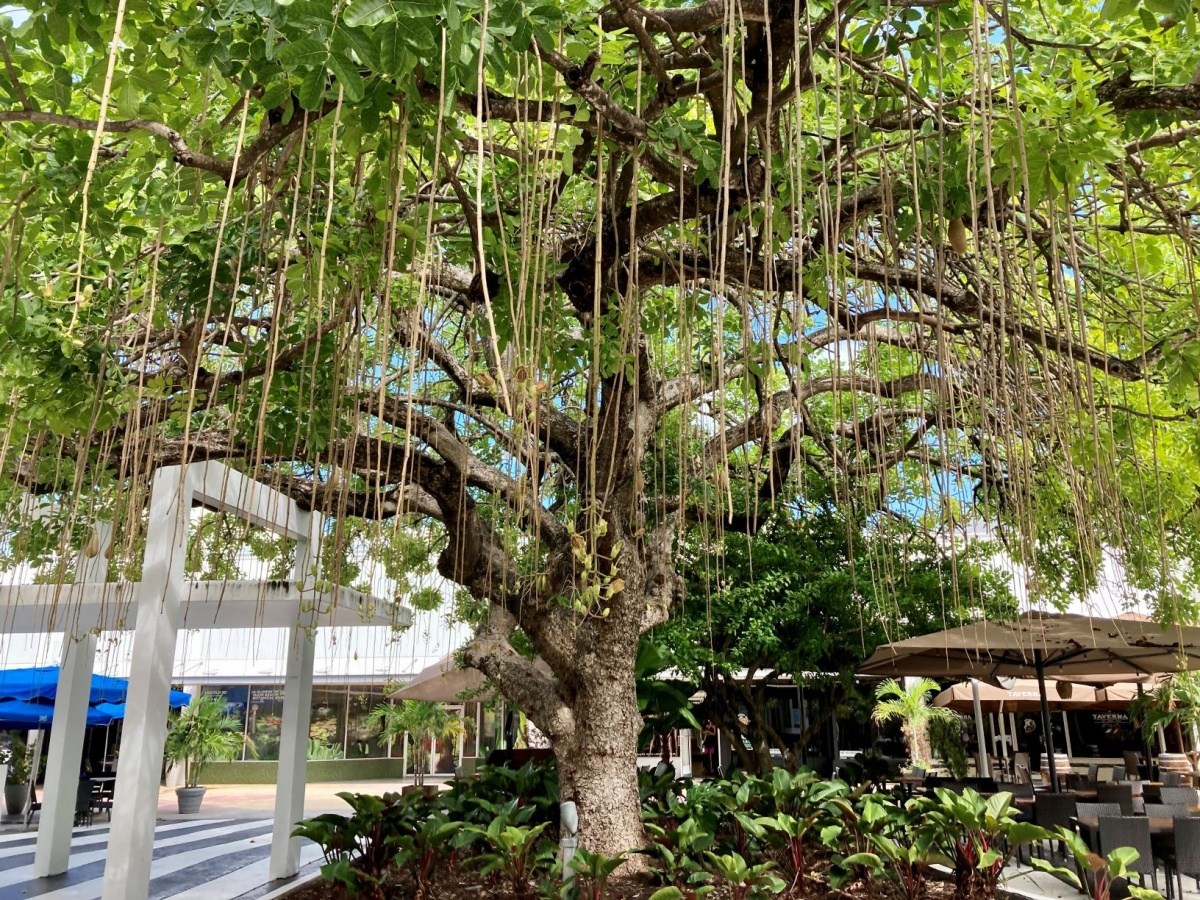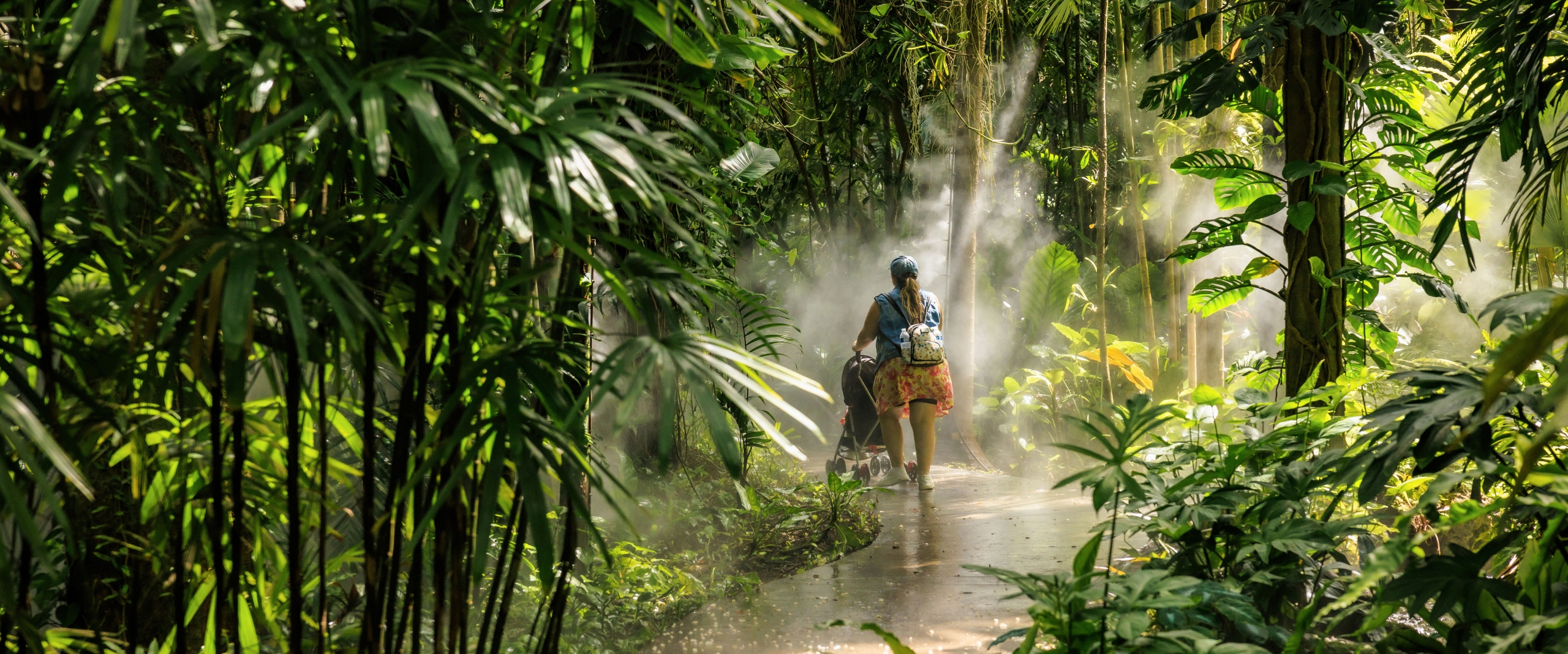

Visit our Tropical Oasis
Explore the wonders and beauty of tropical plants and nature at Fairchild.
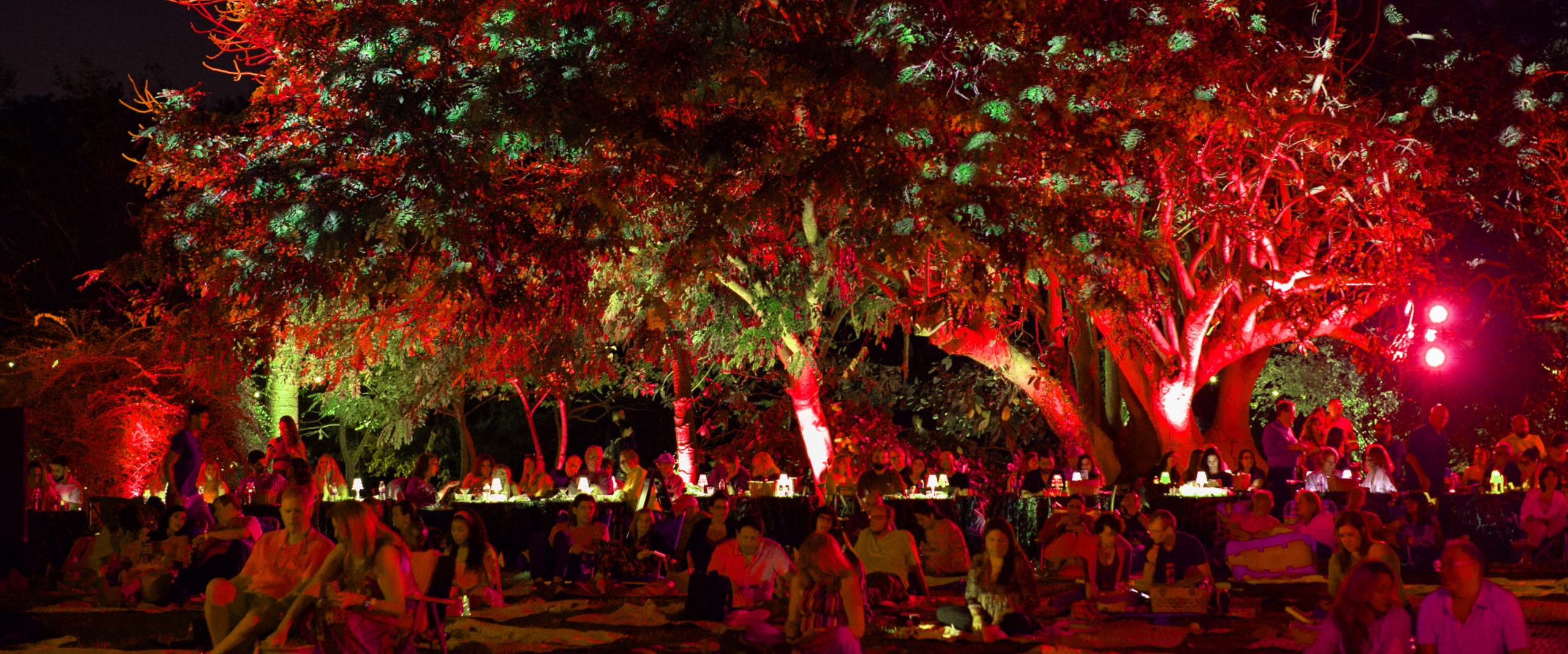

Holiday Jazz at Fairchild
Experience the magic of the season with live jazz, twinkling lights, and the beauty of the Garden after dark.
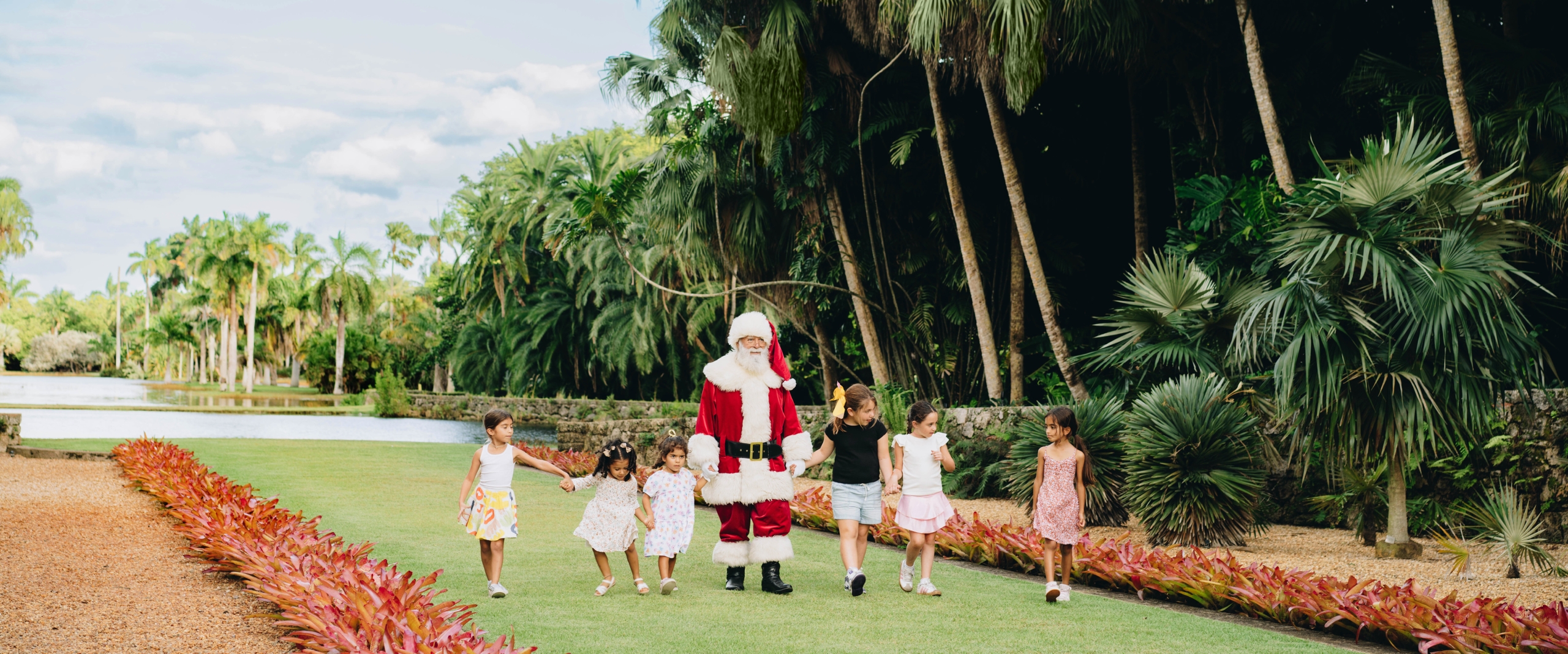

Visit Santa in the Garden
Santa returns to Fairchild this December—stop by for photos, holiday wishes, and a magical moment in the Garden.
Stay Connected
Hours & Admission
Fairchild is open every day except for Christmas, December 25
Hours
10:00 a.m. – 5:00 p.m.
Admission
Fairchild Members Free
Adults $24.95
Child (6-17) $11.95
Students (with valid ID) $15.95
Seniors (65 and over) $17.95
In-Garden tram rides Free
Parking Free
Location
10901 Old Cutler Rd, Miami, FL 33156
MembersGet Tickets Non-Members
Buy Tickets
FOLLOW THE LATEST @fairchildgarden




